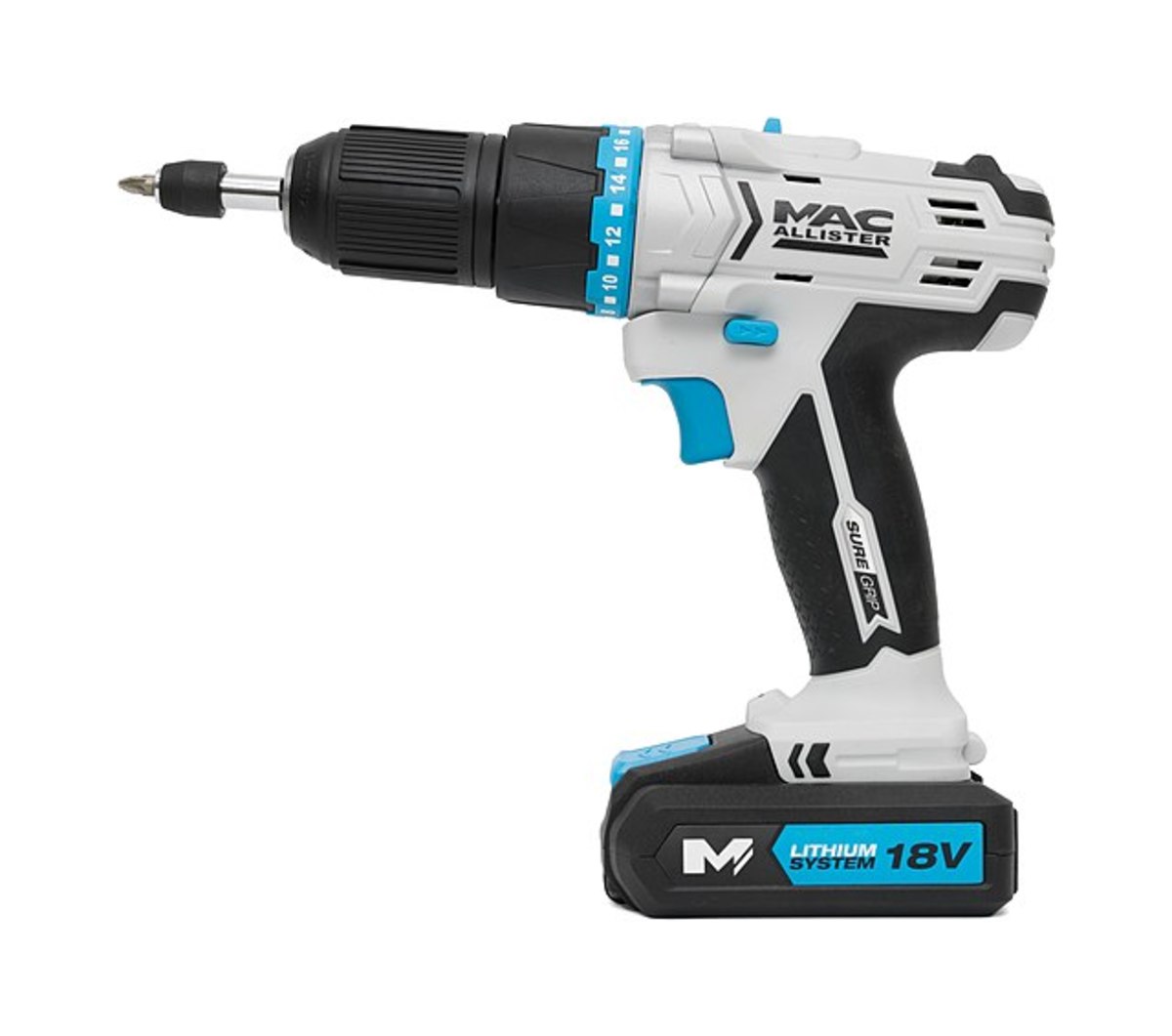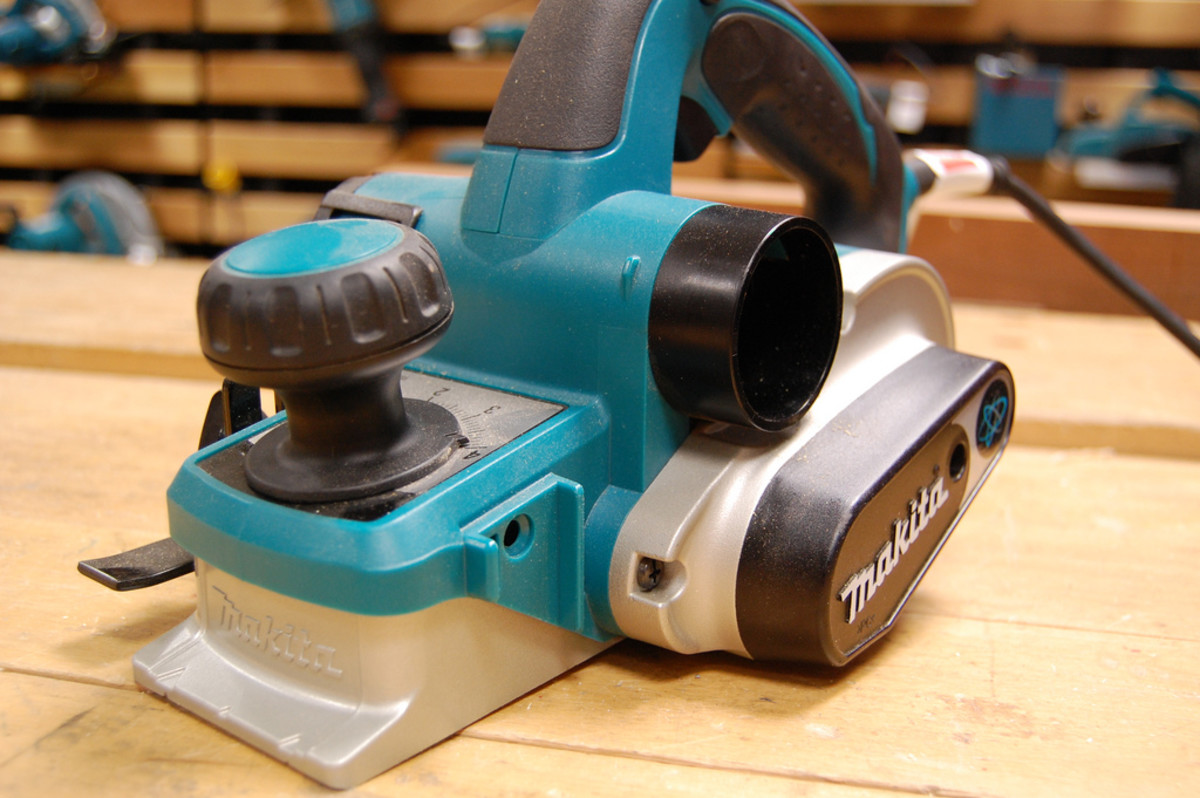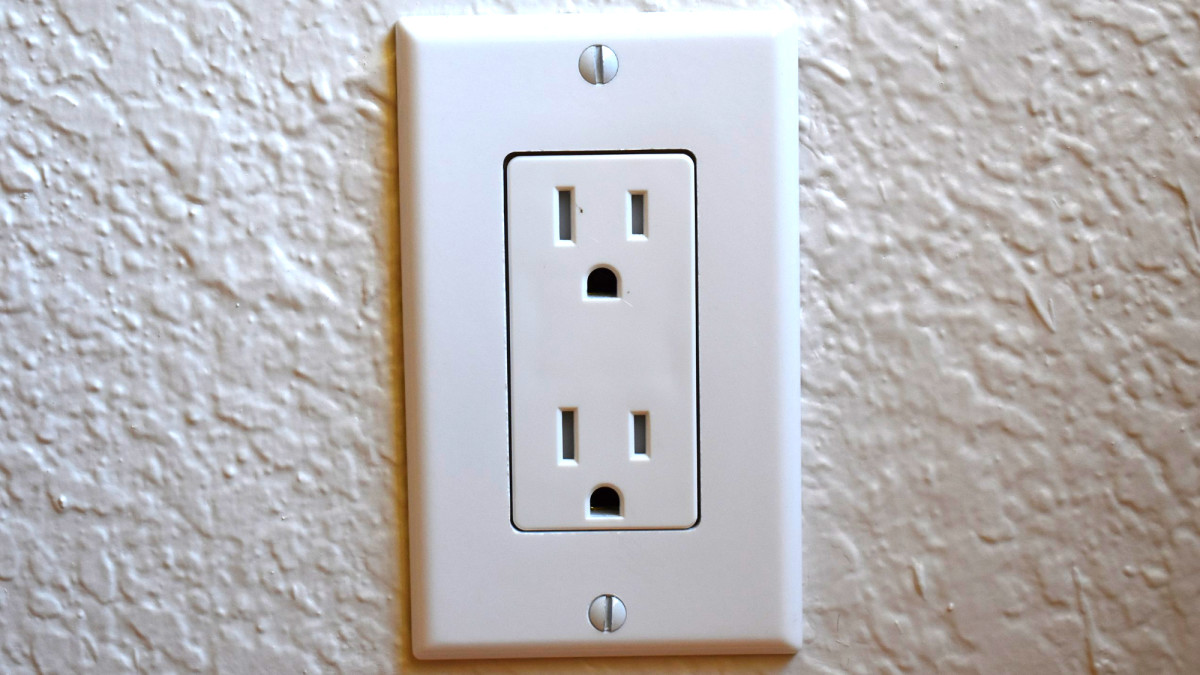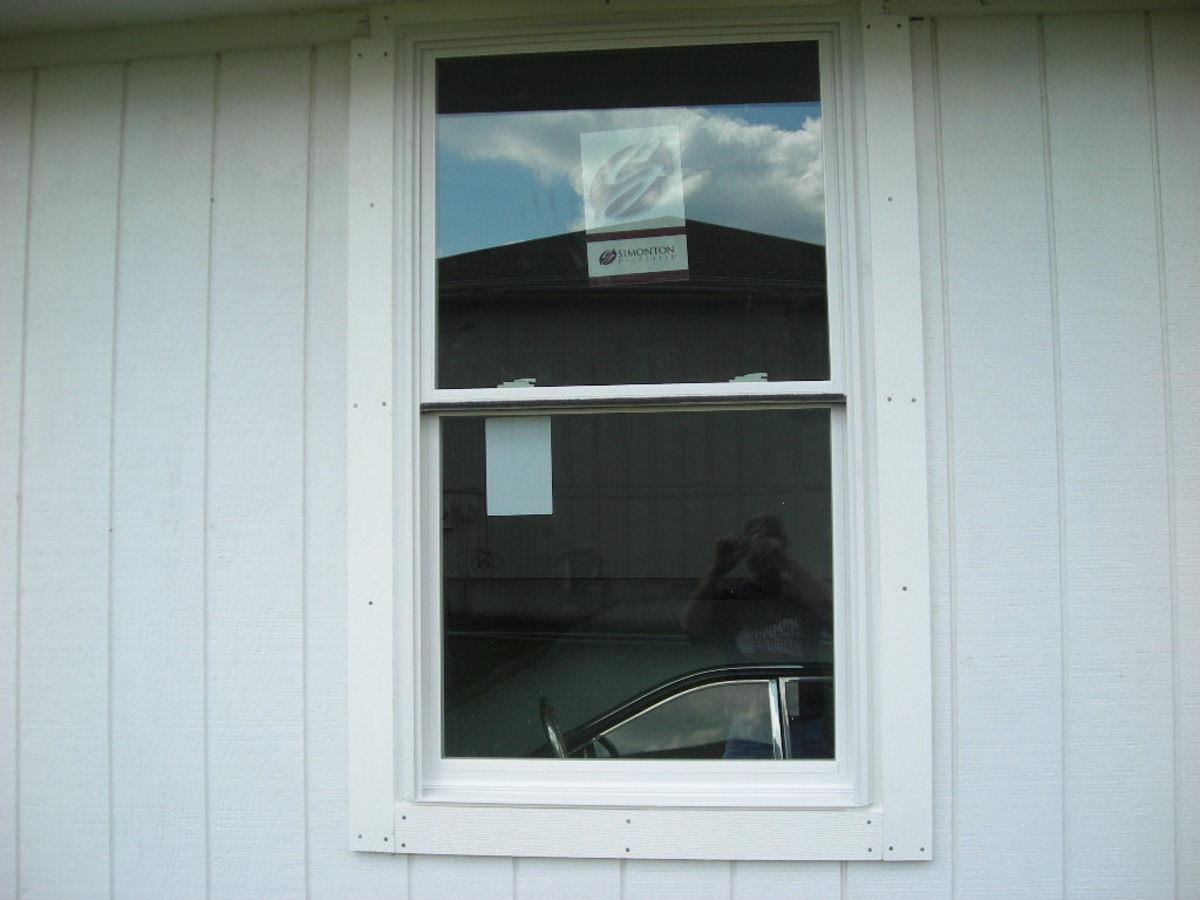The Right Tool for The Right Job
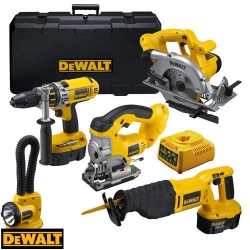
Tips, Tools & Techniques To Get The Job Done Right
Whether you are replacing a broken tile, re-gluing a wobbly chair frame, or waterproofing a deck, to complete any home maintenance project correctly and efficiently, you need the right tools. Half the fun of working around the house is learning to use the gizmos and gadgets that help you achieve your goal.
We'll begin this chapter with my picks for the top-ten household tools that everyone should have, then we'll pull together a basic home repair kit that all do-it-yourselfers need. We'll also go over a few safety suggestions and troubleshooting ideas. For all you old-home restorers, we'll discuss some of the do's and don'ts of getting the most out of your historical location. And while you may want to conquer many home improvement projects yourself, we'll address when, why, and how to hire a contractor-just in case you need some professional help along the way.
Buying the right tools can be a daunting experience. Walking into one of the many huge home improvement stores with brand names blaring their messages at you can alarm even the most experienced tool owner. I myself have collected a huge assortment of gadgets over the years, some of which I have never used. I even have a few hand me-down items that look more like torture devices than practical tools.
Do-It-Yourself
10 Must have tools for your home
Whether you are replacing a broken tile, re-gluing a wobbly chair frame, or waterproofing a deck, to complete any home maintenance project correctly and efficiently, you need the right tools. Half the fun of working around the house is learning to use the gizmos and gadgets that help you achieve your goal.
We'll begin this chapter with my picks for the top-ten household tools that everyone should have, then we'll pull together a basic home repair kit that all do-it-yourselfers need. We'll also go over a few safety suggestions and troubleshooting ideas. For all you old-home restorers, we'll discuss some of the do's and don'ts of getting the most out of your historical location. And while you may want to conquer many home improvement projects yourself, we'll address when, why, and how to hire a contractor-just in case you need some professional help along the way.
Buying the right tools can be a daunting experience. Walking into one of the many huge home improvement stores with brand names blaring their messages at you can alarm even the most experienced tool owner. I myself have collected a huge assortment of gadgets over the years, some of which I have never used. I even have a few hand me-down items that look more like torture devices than practical tools. So don't fret if you're sometimes baffled by a tool's appearance or function. I've compiled a list of the top-ten must-have tools every household should have, whether you are a newcomer to doing it yourself or an old hand.
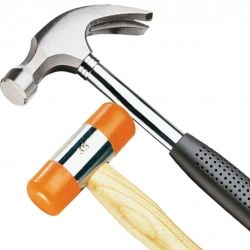
1. HAMMERS
If I had a hammer, I'd hammer in the morning, at noon, and at night. As a matter of fact, the hammer is one of the frequently used tools in any household. Abraham Maslow, the great psychologist, said, "If the only tool you have is a hammer, you tend to see every problem as a nail". As true as it may be, it would certainly be extremely difficult to accomplish much around the house without this basic tool.
For day to day tasks, I have a small 7 - to 10- oz household model handy in my kitchen tool case and a medium sized 14 - to 16 - oz. versions in my garage carpenter's box. Depending on your needs, you'll also want a large carpenter's hammer for chores like constructing a deck or framing walls. Though hammers are simplistic in principle, there could possibly be many new hammer technologies that you can buy, ranging from those with tuning forks in the handle, which reduces the reverberation on your hands and arm, to $ 300 professional type hammers made with titanium heads.
Priors to making your purchase, take a trip to your local home center or hardware store and try out the various types of hammers they have available until you find one that suits you, especially if you will be using it a lot. If you're going to be hammering above your head or in an awkward or strange position, look for a hammer with a magnetized nail-holder in the tip that makes a hard-to reach spot much more accessible. Specialty hammers which include a rubber mallet and sledgehammer may additionally be useful some projects. Rubber mallets are good on stuffs that are easily damaged or broken, such as a brass faucet handle or a tile backsplash. And a sledgehammer is just what the doctors ordered when extreme muscle is necessary for tasks such as breaking apart a sidewalk or razing a wall.
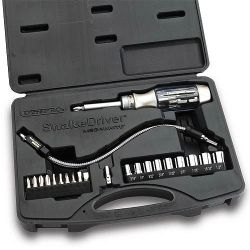
2. SCREWDRIVERS
Probably the second most-used tools in the home, good quality screwdrivers can be lifesavers. To save money, instead of buying several versions, choose models that have a center shaft with four interchangeable tips (including a smaller and larger size of both flathead and Phillips head tips) to accommodate a wide variety of jobs. You may also want some mini screwdrivers for use on toys and computers or even your glasses. Battery-powered versions can make repetitive jobs a snap. A cordless drill can also double as a power screwdriver if you have the screw tips to go along with it.
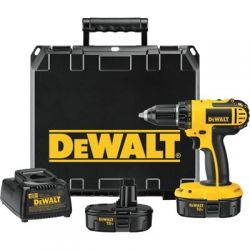
3. CORDLESS DRILL
A cordless drill with a variety of drill bits can help you complete many jobs more quickly and easily. Look for a drill that fits your hand comfortably and feels well balanced. If you have room, keep a small drill (under 10 volts - I keep a Dewalt for its compact design) in the kitchen and a larger model (18 volts or more - I recommend you get a Makita Drill if you are financially able) in the garage. A fast-charging battery (one hour or less) is also convenient.
If you use your drill a lot, you may want to keep a spare battery or two in reserve. Some manufacturers now make batteries that can fit several tools interchangeably, going from a drill to a sander or a circular saw, thereby saving you money on duplicate power packs.
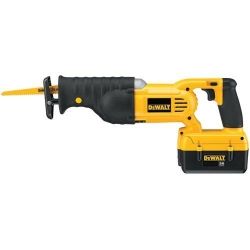
4. SAWS
A small hacksaw and a cordless circulating saw can be extremely useful. Hacksaws are just right for cutting small tubing or wood projects. I keep a small cordless power saw in the garage for cutting plywood, paneling, and other thin materials. I save my larger corded model for projects like deck building and wall framing.
Another handy tool is a reciprocating saw. This bad boy is like an alligator, cutting through almost any material with no discrimination. They are very handy for hard-to-reach spots and demolition. Just be sure to follow all safety instructions carefully and keep all saws out of reach of kids. Another tip: before sawing, spread a drop cloth out under your work area to make cleanup easier.
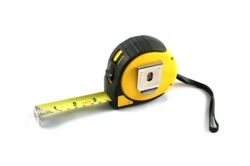
5. MEASURING TAPE or YARDSTICK
Measuring tapes come in many different lengths and widths. You’ll want to keep a 16-foot tape in the kitchen and a 25-foot tape in the garage tool kit. It’s handy to have both inch and metric measurement scales, which are usually found on the same tape. Choose a tape measure that is strong enough to support its own weight when extended at least 3 to 4 feet away from your body. A stiff tape can be useful when you’re measuring across a room, since it basically guides itself. Check out the new electric versions that extend and retract automatically, which are especially useful when you need an extra hand. A yardstick can double as a tape measure, plus it makes a good straightedge for hanging wallpaper and other decor.
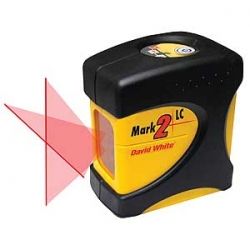
6. LEVELLER
Whether you choose a laser level or the old-fashioned bubble variety, a good level is essential for hanging pictures, bookshelves, wallpaper, and curtains. Laser levels which use a beam of light to form an absolutely straight line can also be used in place of a chalk line to set tile, carpet squares and other flat materials that must stay along a straight path.
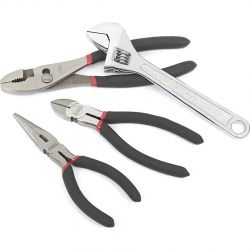
7. PLIERS & WRENCHES
Every home needs a pair of slip-joint and needle-nose pliers. Needle-nosed pliers feature a long nose that can reach into tight spaces. Most versions also sport a handy wire cutter. Standard slip-joint pliers are made to grip nuts and other objects to tighten or loosen them. Another handy pliers is a groove-joint pliers, which has wide jaws that can grip larger items.
As for wrenches, the grip-type wrench, featuring a rubber belt or strap that wraps around an object, is quite handy for jobs such as opening a jar or loosening faucet handles. The straps and grips can be used on delicate surfaces, without scratching. New versions of wrenches that have multiple pins inside of a socket or “head” can adjust to fit various nuts and bolts and other irregular shapes. Since they are infinitely changeable, you can use them on multiple sizes of jobs, particularly if a bolt head has been stripped or is hard to reach, such as in a tight corner. However, if you only have room for one wrench in your home, make it an adjustable spanner, also known as a Crescent wrench, just like your grandpa had in his toolbox. They are still quite handy for a wide variety of jobs.
8. STAPLE/NAILGUN
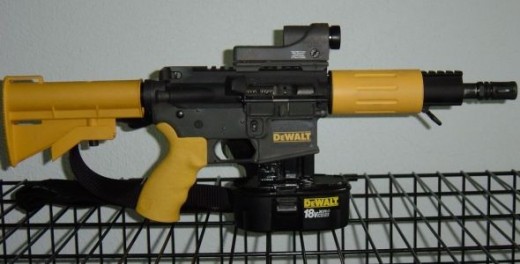
A cordless or manual staple or nail gun is very useful for upholstery, curtains, and even home crafts. Choose a small model that is rated for household use and be sure that you can operate it, especially if your hands are not very strong. More than once, I’ve had to use someone else’s staple gun, and it has left me with an aching hand and wrist.
Cordless, powered guns are extremely helpful, as they can usually dispense staples and small nails, and have become quite affordable. I also recommend keeping a hammer around when using any type of nail or staple gun, to pound in those stubborn holdouts that need to be shown who’s boss.
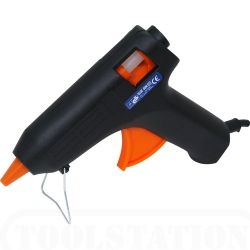
9. GLUE GUN
Any crafter will tell you that a glue gun is indispensable for hobbies and many home repairs. Choose a model that uses 1⁄2-inch glue sticks, because they’re suitable for both small and large jobs. I admit, the newer cordless glue guns are quite convenient, but they may not be able to keep up with high-capacity usage, so for all of you serious hobbyists out there, I’d stick with the traditional version. Pay attention to the types of glue sticks that you purchase, too, because they are rated for various types of projects. You don’t want to use wood-rated glue sticks on a scrapbooking project.
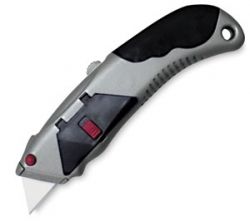
10. UTILITY KNIFE
A utility knife is a must for trimming vinyl floor tile, wallpaper, leather, and carpeting. There are many great versions on the market, some with a light to help guide your cuts and several with built-in blade storage. Modern blade technology has produced versions that can last up to ten times longer than older models. When laying carpet or vinyl flooring or doing other repetitive cutting jobs, you will want the blades to last as long as possible. Break-off-blade models are less expensive and will work quite well on thinner materials. Just remember, when handling any kind of utility knife, always stroke the knife away from your body.
While you are tool shopping....
You might want to pick up some protective gear, such as goggles, glasses, earplugs, gloves, an apron, kneepads, and a sun-shading hat to keep your head properly covered and ventilated while working outdoors. You might also want to invest in a tool belt to keep things close at hand while you work.






